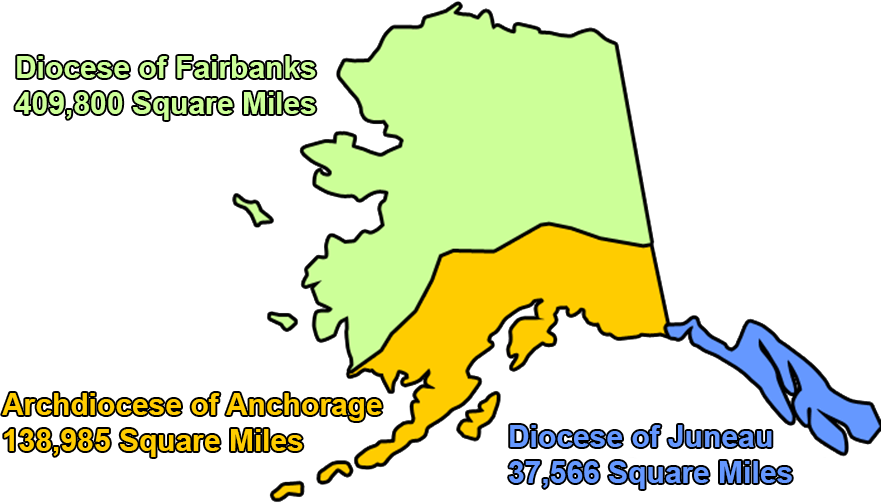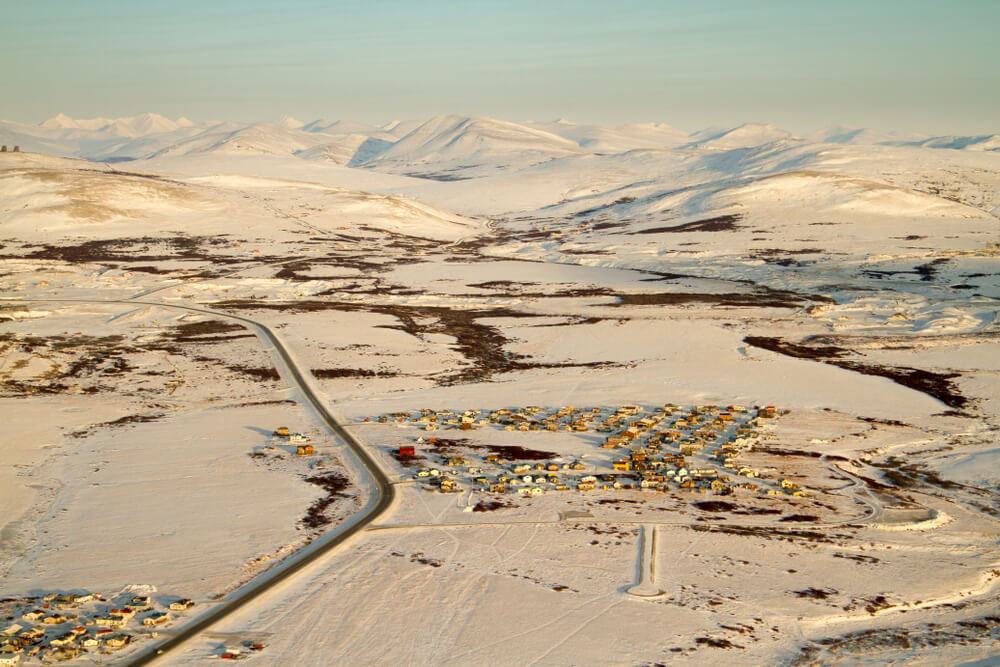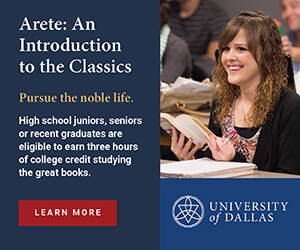Imagine your parish priest arriving for Sunday Mass by boat… or airplane. Most American priests live nearby the parish and can walk or drive to church. But in a huge diocese with very few priests, the clergy in Alaska go to great lengths to bring the sacraments to the faithful.
The Diocese of Fairbanks encompasses the largest landmass of any diocese in the United States—it covers 409,800 square miles of northern Alaska. The real challenge comes with ministering to the 12,500 Catholics who are spread out across that vast expanse of land. The diocese has 46 parishes and only 12 diocesan priests. Bishop Chad Zielinski of Fairbanks joined Morning Air® to share how the diocese is working to overcome these challenges.
37 of the diocese’s 46 parishes are in remote villages—they’re off the road system that the majority of the country takes for granted. “So when I get in the car—most bishops in the Lower 48 will get in a car and travel to their parishes within X number of hours—well here I can only drive to … nine of them. The 37 you have to get into a little bush plane and travel there. Sometimes between villages you’ll travel by boat or snowmobile in the winter time, given the conditions,” explained Bishop Zielinski.
 The Diocese of Fairbanks ministers to a wide variety of ethnic groups with different languages and cultures. “The diocese was served by Jesuit missionaries since the late 1800s when Pope Leo XIII gave them the challenge and the call to go to Alaska and evangelize,” said Bishop Zielinski. Today the diocese is served by 12 diocesan priests, a handful of Jesuit priests, as well as many lay leaders and deacons.
The Diocese of Fairbanks ministers to a wide variety of ethnic groups with different languages and cultures. “The diocese was served by Jesuit missionaries since the late 1800s when Pope Leo XIII gave them the challenge and the call to go to Alaska and evangelize,” said Bishop Zielinski. Today the diocese is served by 12 diocesan priests, a handful of Jesuit priests, as well as many lay leaders and deacons.
Even today, Fairbanks is a mission territory—the last missionary diocese in the United States. “Because of the remoteness of our parishes … if the priest can’t be there for Mass, you can’t just drive to the next parish as you would in the Lower 48. And right now, our parishes I think on average have Mass every 6-8 weeks. Otherwise we approved a Communion Service led by a deacon or a trained lay leader.”
Because the sacraments are offered less frequently, the faithful are perhaps even more eager to receive them when they are available. Bishop Zielinski recalled hearing confessions for 3-4 hours at a remote parish that does not get the opportunity to attend Confession on a regular basis.
It really is worlds away from what most Americans experience with their local Catholic parishes. At the time of his radio interview the temperature in Fairbanks, Alaska, was -32 degrees Fahrenheit, but he explained that on Christmas Day it was -50 degrees. The harsh weather conditions contribute to the difficulty that the priests and religious face when traveling to minister to the faithful.
“Those who serve do so at tremendous cost, both to body and budget. Priests and sisters must cover great distances and endure harsh environmental conditions, difficult terrain, and extreme poverty to do their work. Most cover multiple parishes, traveling via small plane, or via boat or snow machine depending on the season,” explains the diocesan website. “Travel is at great monetary expense, one of the drawbacks of ministering in such a huge mission field. It is often dangerous due to harsh weather conditions. It is not uncommon for missionaries to ‘get stuck’ in bush villages for days while waiting for blizzards to abate or flights to resume. Many parishioners consider themselves fortunate, if they receive sacraments from a priest every two or three months, or longer intervals.”
Despite the challenges of serving in such a large and remote diocese, Bishop Zielinski says he feels extremely blessed by this opportunity. “The Holy Father and the Holy Spirit wanted me to stay here and serve and so I’ve been abundantly blessed as I travel around to all of our parishes.”
Hear the full segment with Bishop Zielinski here:
Tune in to Morning Air® weekdays at 6-9am ET / 3-6am PT only on Relevant Radio®.


